The financial devastation hitting agricultural communities is far worse than most people realize.
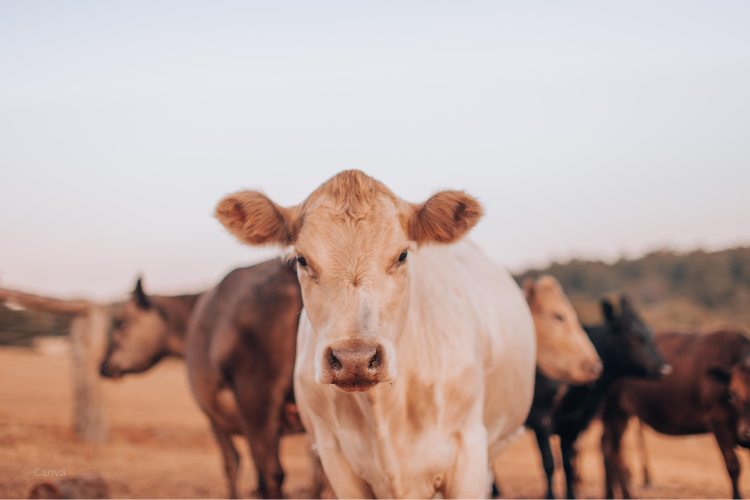
The sight of cattle seeking shade under trees on a blazing summer day might seem normal, but scientists say we’re witnessing the early stages of an agricultural catastrophe that could reshape global food production. As temperatures climb relentlessly upward due to climate change, livestock across the world are facing unprecedented heat stress that’s literally killing animals and bankrupting farmers who can’t afford increasingly expensive cooling systems. What started as isolated incidents of heat-related livestock deaths has evolved into a systematic threat to global food security, with economic losses already reaching billions of dollars annually. The most troubling part is that this crisis is just beginning, and the farmers bearing the brunt of these losses are often the least equipped to adapt to our rapidly warming world.
1. Heat stress is already costing farmers billions in livestock losses every year.

According to the U.S. Environmental Protection Agency, heat waves have already caused over $1 billion in heat-related losses to agricultural producers, with current economic losses from livestock heat stress ranging between $1.9 and $2.7 billion annually in the United States alone. These staggering numbers represent more than just statistics – they’re the financial ruin of family farms and rural communities that depend on livestock for their survival. When animals can’t regulate their body temperature in extreme heat, they eat less, produce less milk, grow more slowly, and in severe cases, simply die.
The economic devastation extends far beyond immediate livestock losses, creating ripple effects throughout entire agricultural communities. Veterinary bills spike during heat waves as farmers desperately try to save overheated animals, while the cost of emergency cooling systems and increased electricity usage drains farm budgets already stretched thin by rising feed costs and unpredictable weather patterns. Many farmers find themselves trapped in a vicious cycle where they can’t afford the cooling infrastructure needed to protect their animals, leading to more losses that further erode their ability to invest in heat mitigation strategies.
2. Temperature increases are pushing livestock beyond their biological limits worldwide.
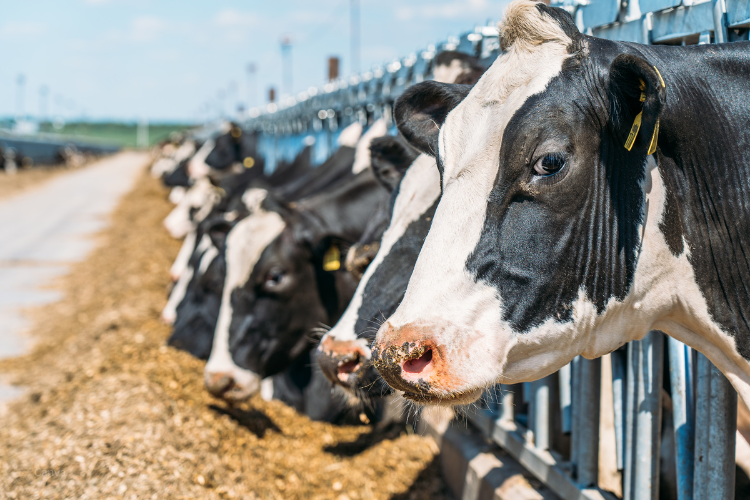
Research published in the International Livestock Research Institute shows that approximately 7% of the global cattle population currently faces dangerous heat conditions, but this percentage is projected to skyrocket to 48% by 2100 under high emission scenarios, as reported by The Lancet Planetary Health. Animals have evolved within specific thermal comfort zones, and when temperatures consistently exceed these ranges, their bodies begin shutting down non-essential functions to cope with the heat stress. Dairy cows, for instance, start reducing milk production when temperatures rise above 68°F, and the situation becomes life-threatening as heat indexes climb higher.
Different livestock species face varying levels of vulnerability, with high-producing dairy cattle and fast-growing poultry breeds being particularly susceptible to heat stress due to their accelerated metabolisms. Pigs, which cannot sweat effectively, become especially vulnerable during heat waves, while sheep and goats with thick wool coats suffer tremendously in hot, humid conditions. The biological reality is harsh – as global temperatures continue rising, vast regions that have supported livestock for centuries are becoming uninhabitable for domestic animals, forcing farmers to either relocate their operations or watch their livelihoods literally overheat.
3. Tropical regions face the most severe economic devastation from livestock heat stress.
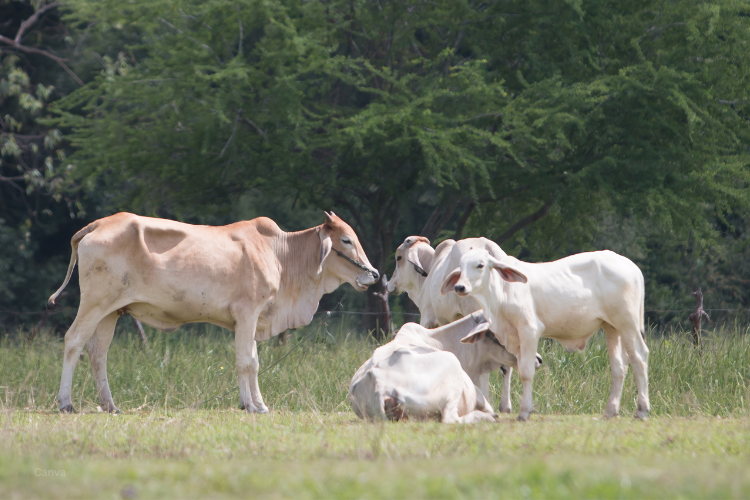
Studies indicate that by century’s end, cattle production losses from heat stress could reach $39.94 billion annually under high greenhouse gas emission scenarios, with the vast majority of these losses concentrated in tropical regions including large parts of South America, Asia, and Africa. Poor farmers in low-income countries depend heavily on their livestock for survival, making these projected losses particularly devastating for communities that can least afford to absorb such financial shocks.
India, despite being a major dairy-producing nation, is projected to lose more than 45% of its dairy farming capacity due to increasing heat stress, while countries across sub-Saharan Africa face similar catastrophic reductions in livestock productivity. The geographical inequality of climate impacts means that the world’s most vulnerable farming communities will bear the heaviest burden, even though they’ve contributed least to the greenhouse gas emissions driving climate change. This creates a cruel irony where subsistence farmers who’ve spent generations adapting to local climates suddenly find their traditional knowledge and practices inadequate against unprecedented temperature extremes.
4. Cooling systems are becoming financially impossible for most farmers to maintain.
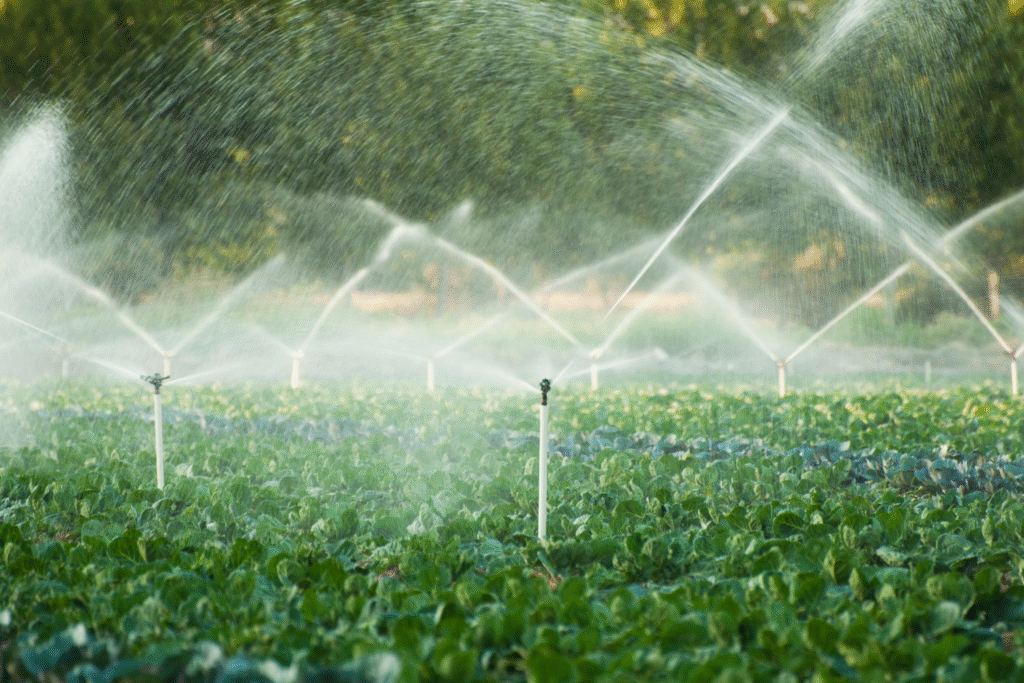
Installing and operating livestock cooling systems requires massive upfront investments that many farmers simply cannot afford, especially as energy costs continue climbing alongside temperatures. Evaporative cooling systems, fans, sprinkler systems, and air conditioning units can cost tens of thousands of dollars to install and thousands more annually to operate, creating an impossible financial burden for small-scale farmers already struggling with razor-thin profit margins.
Even farmers who manage to install cooling systems often find them inadequate as heat waves become more intense and prolonged than the equipment was designed to handle. The infrastructure required to keep animals comfortable in extreme heat consumes enormous amounts of water and electricity, resources that are becoming increasingly scarce and expensive in many agricultural regions. This creates a devastating catch-22 where farmers must choose between letting their animals suffer potentially fatal heat stress or bankrupting themselves trying to provide adequate cooling.
5. Livestock deaths from extreme heat events are becoming routine rather than exceptional.
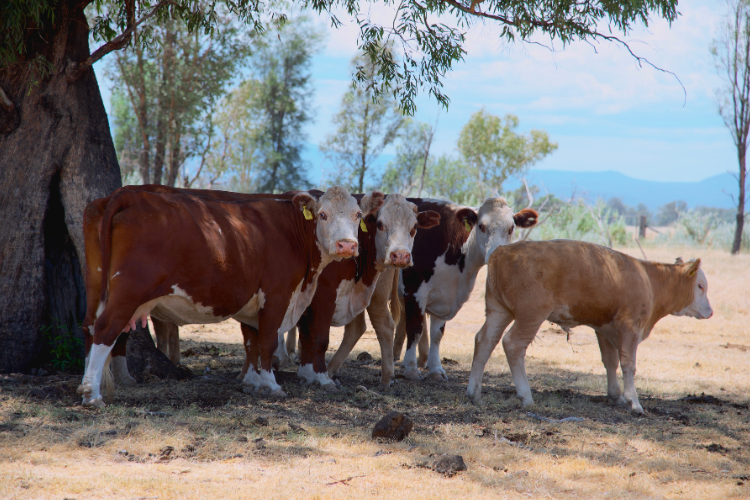
Mass livestock mortality events during heat waves have shifted from rare tragedies to expected seasonal occurrences in many regions. When heat indexes climb into dangerous territory, animals begin dying within hours, and farmers often lack the infrastructure or warning systems needed to prevent catastrophic losses. Pregnant animals are particularly vulnerable, with heat stress causing higher rates of miscarriages and birth defects that devastate breeding programs and future herd productivity.
The psychological toll on farmers watching their animals suffer and die during heat events cannot be understated, particularly for multi-generational farming families who’ve built their identities around animal husbandry. Social media and news reports increasingly feature heartbreaking images of farmers desperately hosing down overheated cattle or discovering livestock that succumbed to heat stress overnight. These events create trauma that extends far beyond economic losses, fracturing farming communities and driving people away from agricultural livelihoods their families have pursued for generations.
6. Feed production costs are skyrocketing as crops struggle with the same heat affecting livestock.
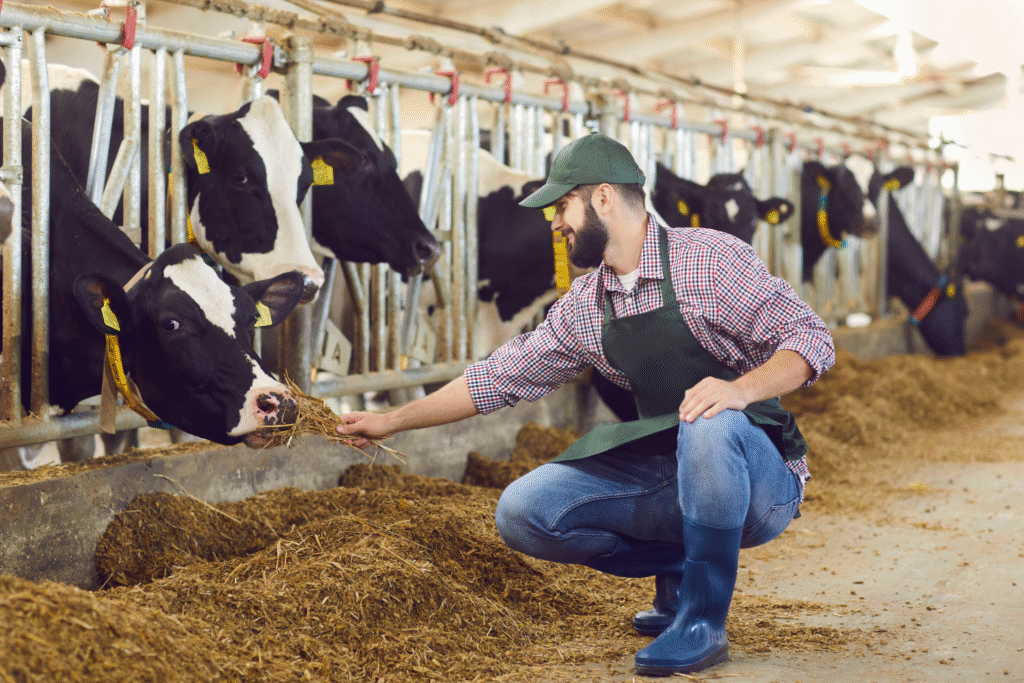
Rising temperatures don’t just directly harm animals – they’re devastating the crop production that provides livestock feed, creating a double burden for farmers already struggling with heat-stressed animals. Corn, soybeans, and other staple feed crops are experiencing reduced yields and quality under extreme heat conditions, driving feed costs higher just as farmers need to increase nutritional support for heat-stressed livestock that have reduced appetites and compromised immune systems.
Drought conditions accompanying extreme heat further compound feed production challenges, with some regions experiencing complete crop failures that force farmers to purchase expensive feed from distant sources. The nutritional quality of heat-stressed crops often declines even when yields remain stable, meaning farmers must purchase more feed to maintain the same level of animal nutrition. This creates an economic spiral where heat stress simultaneously reduces farm income through decreased livestock productivity while increasing operating costs through higher feed expenses.
7. Water scarcity compounds livestock heat stress across agricultural regions.
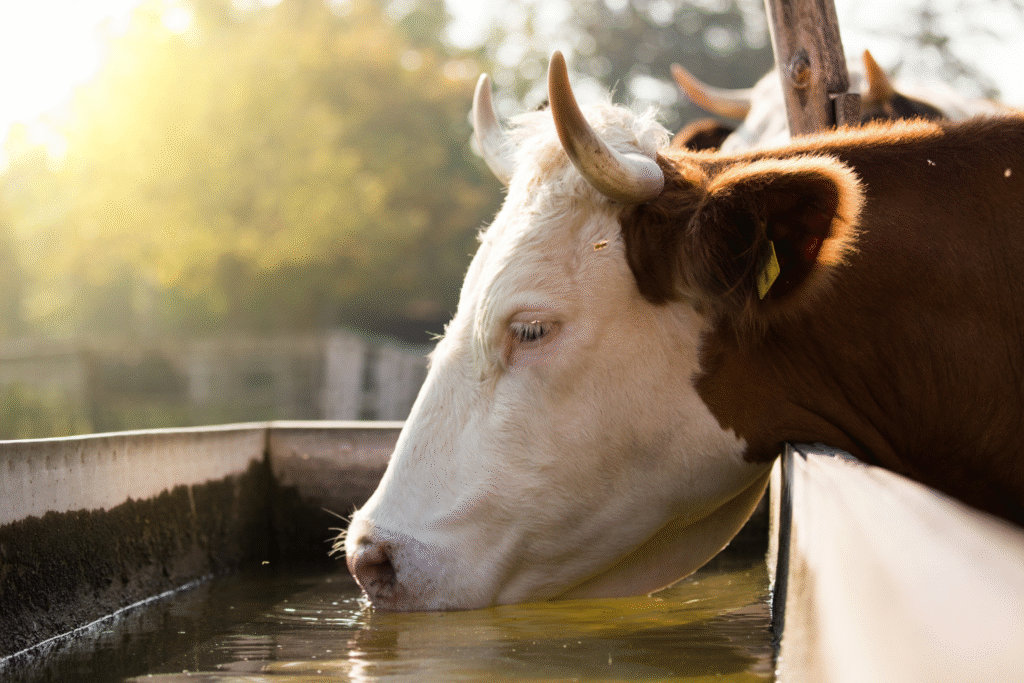
Extreme heat dramatically increases livestock water consumption just as drought conditions and aquifer depletion make water increasingly scarce and expensive in many farming regions. Heat-stressed animals can double or triple their normal water intake, straining water systems already pushed to their limits by irrigation demands and municipal usage. Many farmers find themselves choosing between providing adequate water for their animals and maintaining crop irrigation, an impossible decision that threatens both immediate livestock welfare and long-term farm viability.
Water quality issues also intensify during heat waves, with higher temperatures promoting algae growth and bacterial contamination in livestock water sources. Poor water quality can make heat stress worse by causing digestive problems that reduce animals’ ability to regulate their body temperature through normal physiological processes. The infrastructure required to provide clean, cool water to large numbers of livestock during extreme heat events represents another massive expense that many farmers cannot afford, particularly in regions where groundwater levels are dropping and energy costs for pumping are rising.
8. Traditional livestock breeds are being pushed toward extinction by climate extremes.
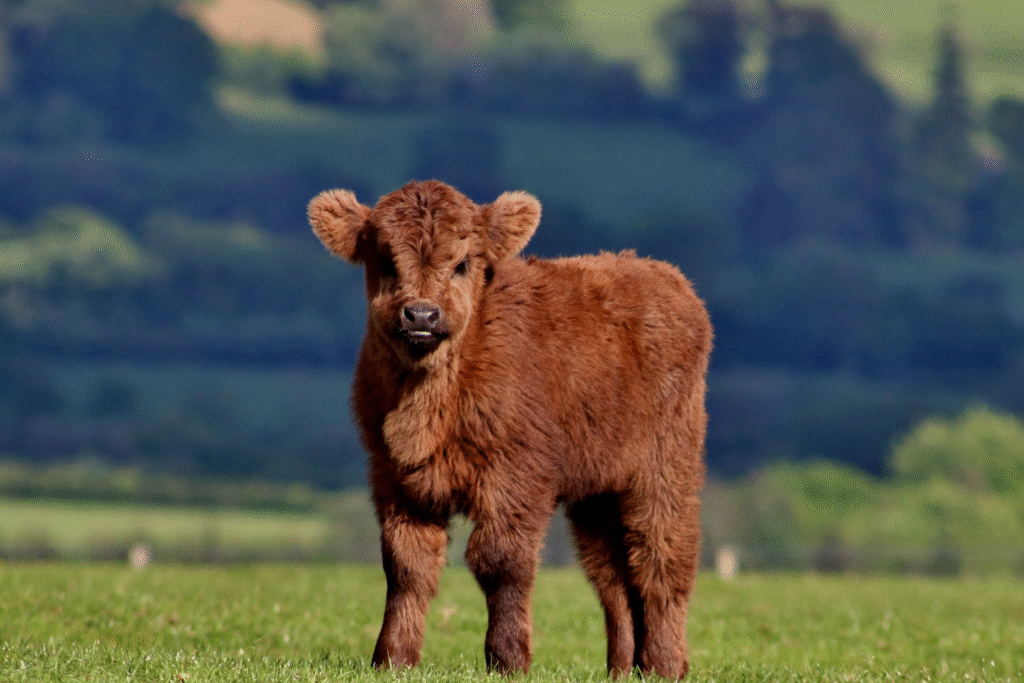
Heritage and locally-adapted livestock breeds that have sustained farming communities for generations are proving unable to cope with the rapid pace of temperature increases, threatening both genetic diversity and cultural traditions built around animal husbandry. Many traditional breeds developed specific traits for local climates, but the speed of current climate change outpaces their natural adaptation abilities, leaving farmers with the heartbreaking choice of abandoning ancestral breeds or watching them suffer in conditions they cannot tolerate.
Commercial breeding programs are increasingly focused on developing heat-tolerant animals, but this genetic narrowing reduces overall livestock diversity and may create new vulnerabilities to diseases and environmental stresses. Indigenous farming communities face particular challenges as climate change makes their traditional animals unsuitable for local conditions, forcing them to either adopt unfamiliar commercial breeds or abandon livestock farming entirely. The loss of traditional breeds represents not just an agricultural crisis but a cultural catastrophe that severs ancient connections between communities and the animals that have shaped their identities and livelihoods for millennia.
9. Veterinary costs surge as heat stress creates cascading health problems in livestock.
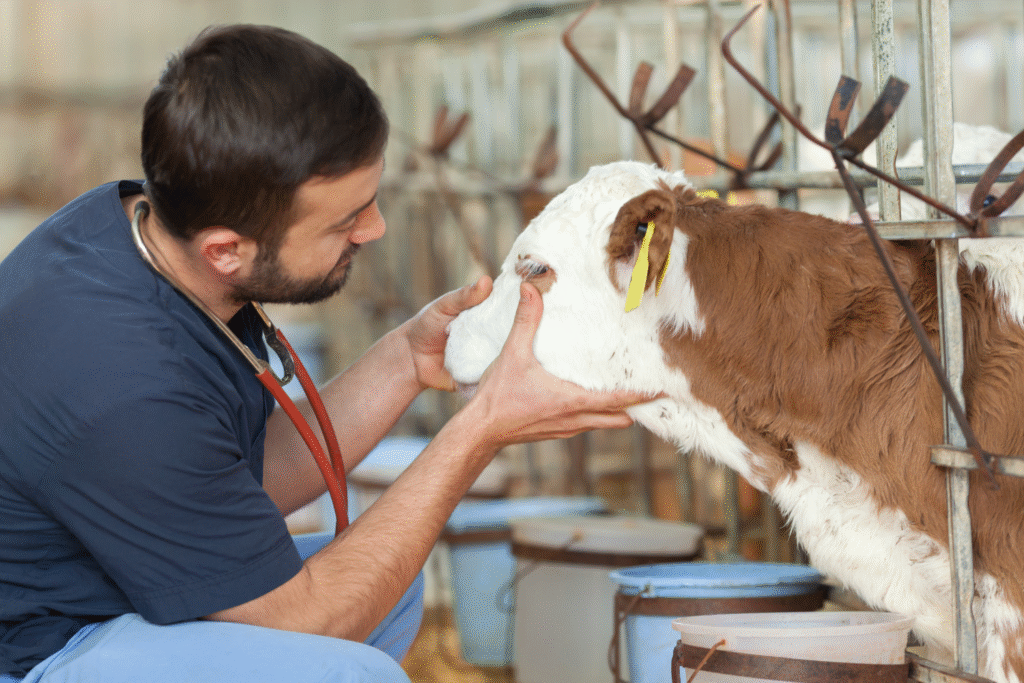
Heat stress compromises animal immune systems, making livestock more susceptible to diseases, parasites, and infections that require expensive veterinary intervention. The physiological stress of extreme heat reduces animals’ ability to fight off pathogens they would normally handle easily, leading to disease outbreaks that can devastate entire herds and drain farmers’ emergency funds through veterinary bills and medication costs.
Reproductive problems caused by heat stress create long-term economic impacts that extend far beyond immediate temperature events, with reduced fertility rates, increased embryonic mortality, and decreased reproductive efficiency affecting farm productivity for months or years after heat waves pass. Emergency veterinary calls during extreme heat events often strain rural veterinary services beyond capacity, with farmers unable to get timely care for heat-stressed animals even when they can afford treatment. The cascade of health problems triggered by heat stress creates ongoing veterinary expenses that many farmers simply cannot sustain, particularly when repeated heat waves occur throughout the growing season.
10. Small-scale farmers are being forced out of livestock production entirely.
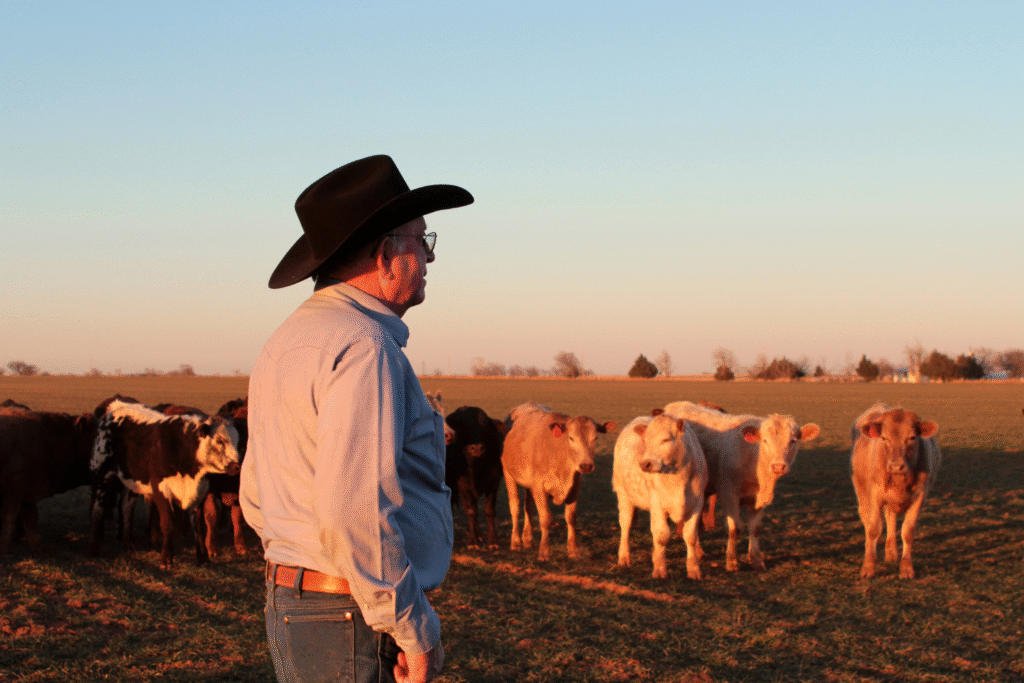
The combination of rising infrastructure costs, increasing livestock mortality, and reduced productivity is making livestock farming economically unviable for many small-scale producers who lack the capital for expensive climate adaptation measures. Family farms that have operated for generations are being forced to sell their livestock and either transition to crops or abandon farming entirely, concentrating livestock production in the hands of large corporate operations with resources for climate control infrastructure.
Rural communities built around livestock production are experiencing devastating economic and social impacts as local farmers exit the industry, with feed stores, veterinary clinics, livestock markets, and processing facilities closing due to reduced demand. The human cost of climate-driven livestock losses extends far beyond individual farms to encompass entire regional economies and ways of life that have defined rural areas for centuries. This industrial concentration of livestock production not only reduces farmer independence but may also increase overall climate vulnerability by creating larger concentrations of animals that could face catastrophic losses during extreme weather events that overwhelm even the most sophisticated cooling systems.
